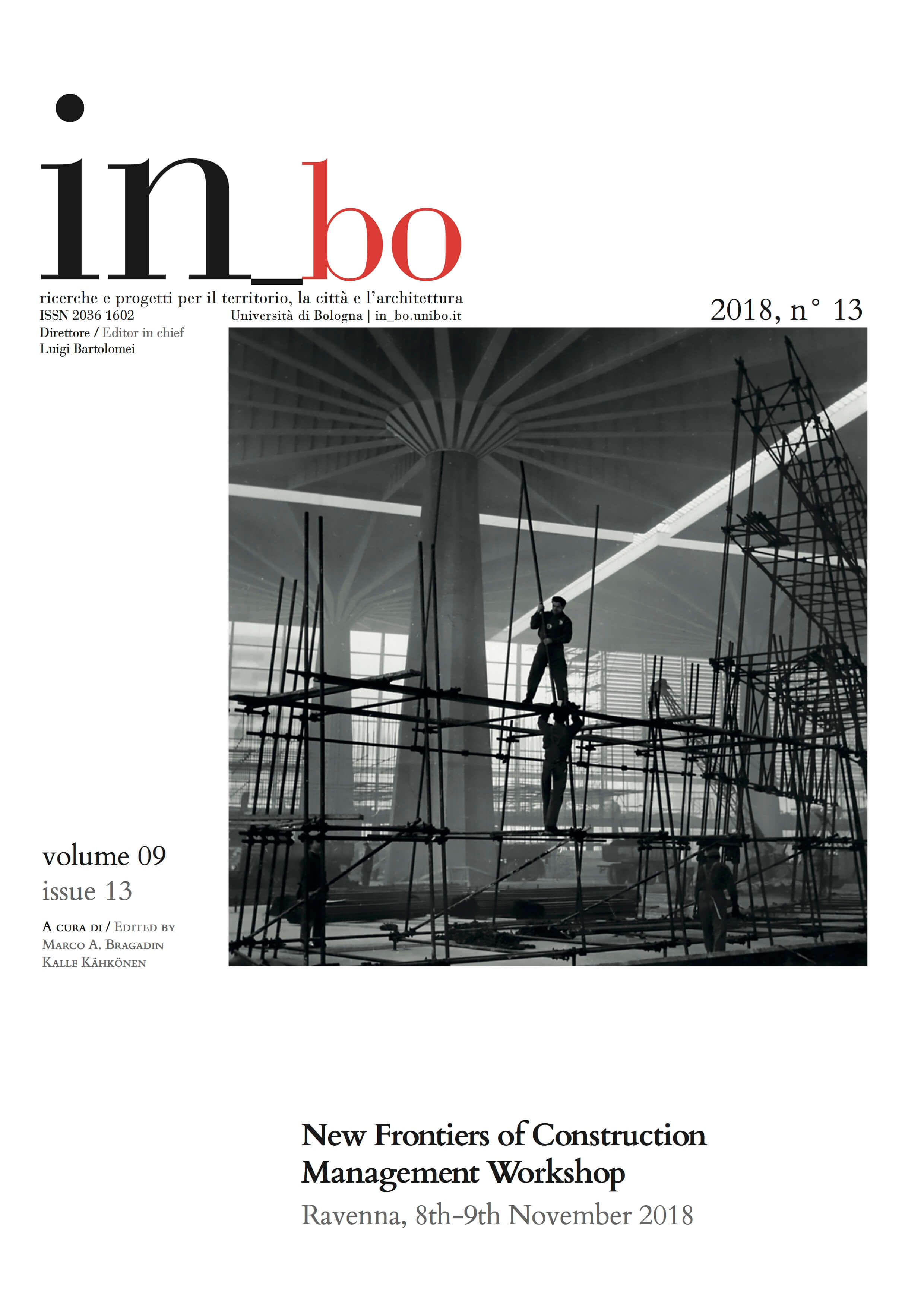Digital Renovation: BIM for the Built Environment
DOI:
https://doi.org/10.6092/issn.2036-1602/8826Keywords:
HBIM, Heritage BIM, Cultural heritage, Built domain, historic architectureAbstract
The scientific literature related to the adoption of the Building Information Modeling has incredibly grown up in recent years, although it is still lacking of formal and effective general workflows explicitly dedicated to the built domain. The meaning of the term HBIM itself, often misused to outline the digital process applied to existing constructions, is erroneously misconceived, as it is primarily a comparative methodology between digital surveys and their derivative 3D abstractions, not a generic acronym to be used when referring to the whole digitalization of the built environment. The aware acceptance of digital methodologies and procedures for existing buildings (not necessarily monuments or archaeological sites) as well as the BIM lifecycle approach adoption on new constructions, is a strategic decision that, however, needs to be properly evaluated when considering the optimal workflows to be preferred from time to time. Also, the intervention on consolidated buildings or facilities has to follow a path made of procedures and intertwined digital models, following patterns of increasing complexity. The two elements, process and models, are deeply intertwined even though the former is still not explicited for the latter, due to a standardization at an embryonic stage and, perhaps, seriously confused by someone with politics. From the software perspective, interoperable file formats and data structures considering information for restorations and renovations are in development all over the European countries. Thus, this paper delves into considerations, implications and effects of a possible mature and aware adoption of IT and digital technologies for restoration, renovation and documentation design intents. Introducing some reflections whose outcomes are represented by the application of novel dedicated strategies fitted on advanced equipment to better understand the existing realm (proximity TLS and UAVs surveys, use of sensors, etc.), the paper brings into the discussion some future scenarios on the uses of more and more interconnected semantic technologies, proposing a consolidated technique meant to survey, analyze and replicate existing buildings into semantic BIM models. Moreover, the data interpretation operated by machines could be the most promising scenario for the digital transition in the built environment: when most of the knowledge contents about buildings and monuments will be no longer intelligible only to the human perception, but they will be extended to the machine through a shared digital language, analysis, estimations, and different operational schemes will probably allow the choice of the right intervention through many alternatives, leading to an increased quality for restorations and renovations.
Downloads
Published
How to Cite
Issue
Section
License
Copyright (c) 2018 Simone Garagnani
Copyrights and publishing rights of all the texts on this journal belong to the respective authors without restrictions.
This journal is licensed under a Creative Commons Attribution-NonCommercial 4.0 International License (full legal code).
See also our Open Access Policy.
Metadata
All the metadata of the published material is released in the public domain and may be used by anyone free of charge. This includes references.
Metadata — including references — may be re-used in any medium without prior permission for both not-for-profit and for-profit purposes. We kindly ask users to provide a link to the original metadata record.







